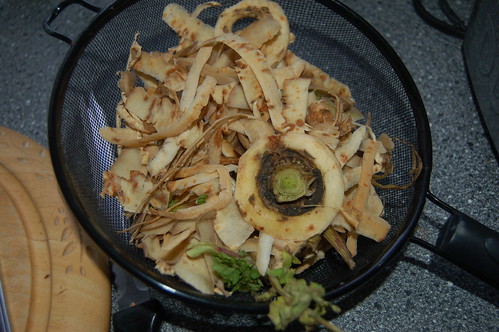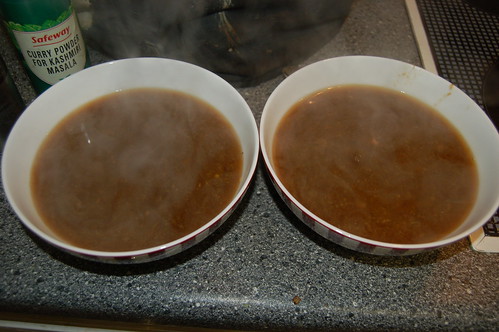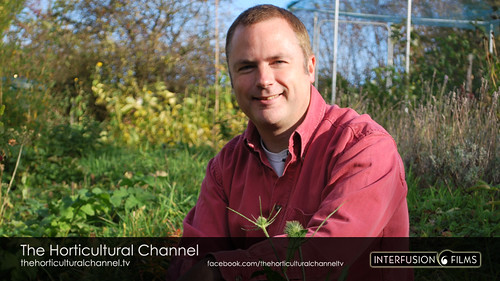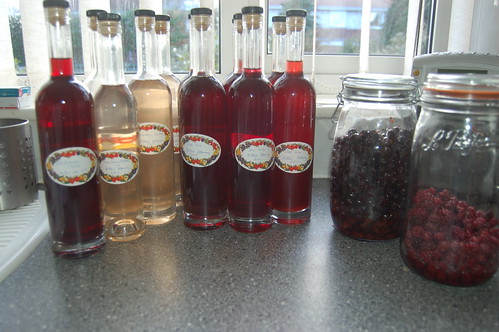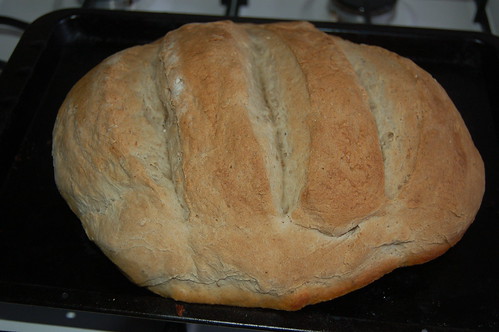
Self-sufficiency often means finding substitutes for foods and ingredients we take for granted but can't produce ourselves in any sensible quantities. We don't have the space to grow our own grain so we have to buy flour. We can however cut down on the amount of flour we use by using a substitute - potatoes.
Actually, potatoes can only be a substitute for only some of the flour we use in baking but I explored some wartime recipes (flour, though nor rationed, was something of a precious commodity - anyone wasting bread was liable to prosecution) and foreign bread recipes. The following recipe is a bit of a combination of wartime and Russian.
So, if you want to make potato bread, this is what you have to do
Ingredients:
225g potatoes
450g brown bread flour
one packet dried yeast
one teaspoon cummin seeds (optional)
2 teaspoons salt
tablespoon cooking oil
Boil the potatoes until they are tender. Put the water to one side.
Press the potatoes through a sieve. Add 150ml of water in which the potatoes were boiled to the sieved potatoes. Mix together. The end result looks unappealingly like wallpaper paste.
Mix the dry ingredients together then add the oil. Then add in the potato paste. Mix together and then add more of the potato water until a sticky dough is created.
Turn it out onto a floured surface and kneed for 8-10 minutes.
Shape into a ball and put it onto an oiled baking tray. Leave to rise for at least an hour in a warm room (put a tea towel over it to stop it drying out). It is ready for the oven when it is doubled in size.
Place in a preheated oven at 200C for 30-35 minutes.
I don't know whether this is just me, but I have found that this bread stays fresher than bread made from flour only.
I am going to experiment with this recipe to find out if it is possible to increase the proportion of potatoes. I'll post up the results.

